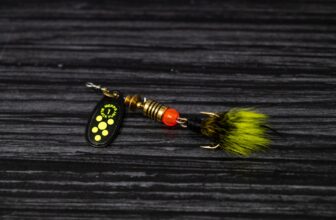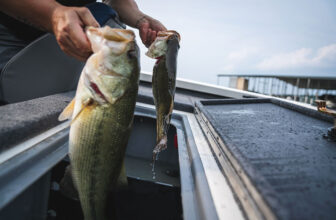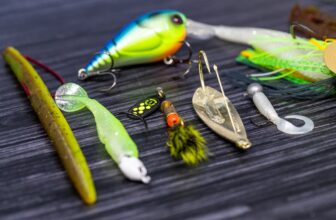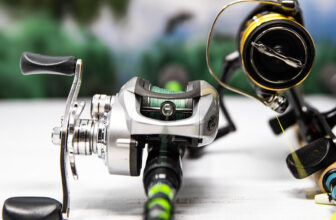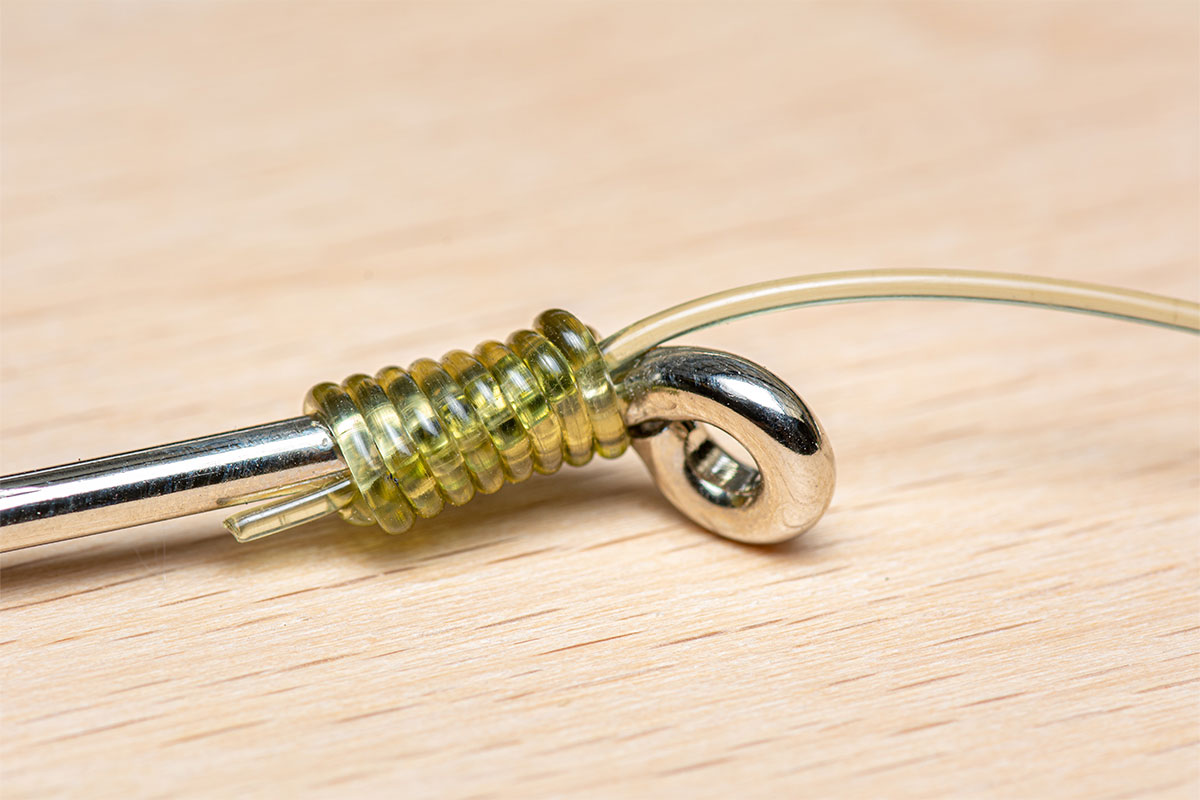
As an avid angler, I understand the importance of using the correct knot when fishing. The snell knot is one of the most reliable knots for securing hooks, and it has been used by fishermen for centuries. In this article, I’ll share with you everything you need to know about knot, including why it’s important for fishing, how to tie a snell knot, and some tips and tricks to make it easier!
Introduction to the Snell Knot
The snell knot is a type of knot used to attach a fishing hook to a fishing line. It is named after the person who invented it, Captain Hiram Snell, who was a commercial fisherman in the 1800s. The snell is a popular knot among fishermen because it creates a straight pull on the hook, which means that when a fish bites, the hook is pulled directly into the fish’s mouth. This makes it more difficult for the fish to escape, increasing the angler’s chances of catching it.
Why the Snell Knot is Important for Fishing
The snell knot is important for fishing because it provides a secure attachment between the hook and the fishing line. This is especially important when fishing for larger fish, as they have more strength and can easily break a weak knot. The snell knot also helps to prevent the fishing line from twisting or tangling, which can be frustrating and time-consuming to fix. Additionally, the straight pull on the hook created by the knot means that the hook is more likely to set properly in the fish’s mouth, increasing the chances of a successful catch.
How to Tie a Snell Knot: Step by Step Guide
Step 1: Take the end of your fishing line and thread it through the eye of the hook.
Step 2: Hold the hook and the line together with your thumb and forefinger, and then wrap the line around the shank of the hook towards the eye of the hook.
Step 3: Make 7 to 10 wraps around the shank of the hook, keeping the wraps tight and neat.
Step 4: Take the end of the line and thread it through the eye of the hook again, going from the back of the hook to the front.
Step 5: Pull the end of the line tight, which will cause the wraps to tighten around the shank of the hook.
Step 6: Trim any excess line.
Here’s a great video showing exactly how it’s done!
Tips and Tricks for Tying the Perfect Knot
- Use a hook with an upturned eye to make it easier to thread the line through.
- Wet the line before tying the knot to reduce friction and prevent heat buildup.
- Keep the wraps tight and neat to ensure a secure hold on the hook.
- Make sure the wraps are evenly spaced along the shank of the hook.
- Double-check that the line is threaded through the eye of the hook correctly before tightening the knot.
Common Mistakes to Avoid
- Not keeping the wraps tight and neat, which can cause the knot to slip or unravel.
- Not threading the line through the eye of the hook correctly, which can weaken the knot.
- Using too much force when pulling the line tight, which can cause the line to break.
- Not trimming the excess line after tying the knot, which can interfere with casting and cause tangles.
- Not wetting the line before tying the knot, which can cause heat buildup and weaken the line.
Advantages over Other Fishing Knots
The snell knot has several advantages over other fishing knots. First, it creates a straight pull on the hook, which means that the hook is more likely to set properly in the fish’s mouth. Second, it provides a secure attachment between the hook and the fishing line, which is important when fishing for larger fish. Third, it helps to prevent the fishing line from twisting or tangling. Finally, it is easy to tie and can be used with a variety of hooks and fishing lines.
Popular Fishing Techniques that Use the Snell Knot
The snell knot is a versatile knot that can be used for a variety of fishing techniques. Some popular techniques that use this knot include bottom fishing, surf fishing, and trolling. Bottom fishing involves dropping the bait to the bottom of the water and waiting for fish to bite. Surf fishing involves casting the line into the surf and waiting for fish to bite. Trolling involves pulling a lure or bait behind a moving boat.
Snell Knot Variations for Different Types of Hooks
There are several variations of the snell knot that can be used with different types of hooks. For example, the snell knot with a loop is a variation that can be used with circle hooks. The loop allows the hook to rotate freely, which can increase the chances of a successful catch. The snell knot with a double line is another variation that can be used with larger hooks and heavier fishing lines. The double line provides extra strength and can help to prevent the line from breaking.
Conclusion: Mastering the Snell Knot for Your Next Fishing Trip
In conclusion, the snell knot is an important knot for fishing that provides a secure attachment between the hook and the fishing line. By following the step-by-step guide and using the tips and tricks provided in this article, you can master the snell knot and increase your chances of hooking more fish on your next fishing trip. Remember to avoid common mistakes like not keeping the wraps tight and neat, and to experiment with different variations of the snell knot to find the one that works best for your fishing style. Happy fishing!
CTA: Try out the snell knot on your next fishing trip and see the difference it can make in your catch rate. Don’t forget to share your success stories with us!



